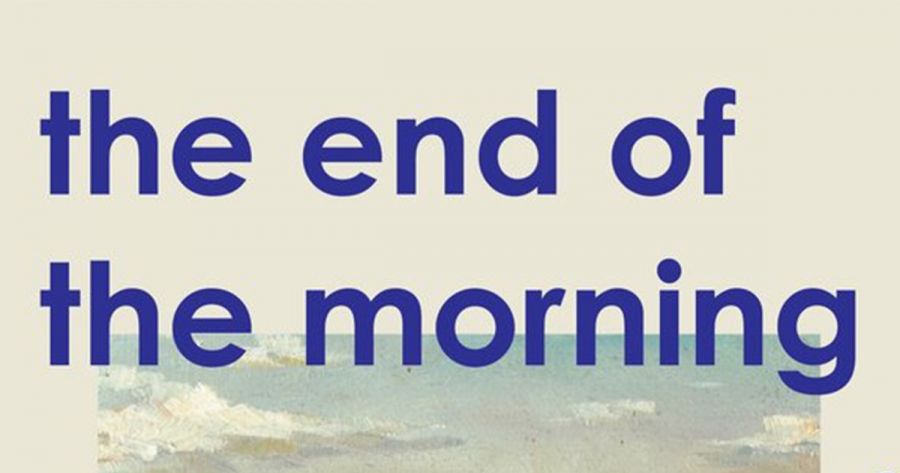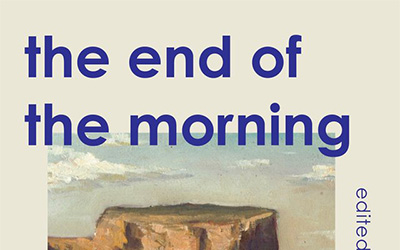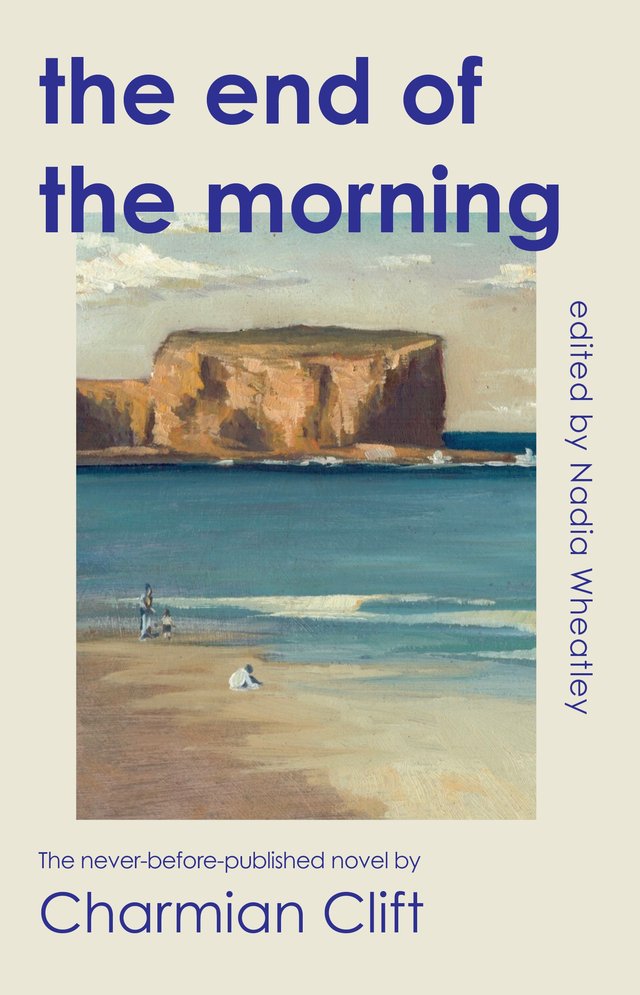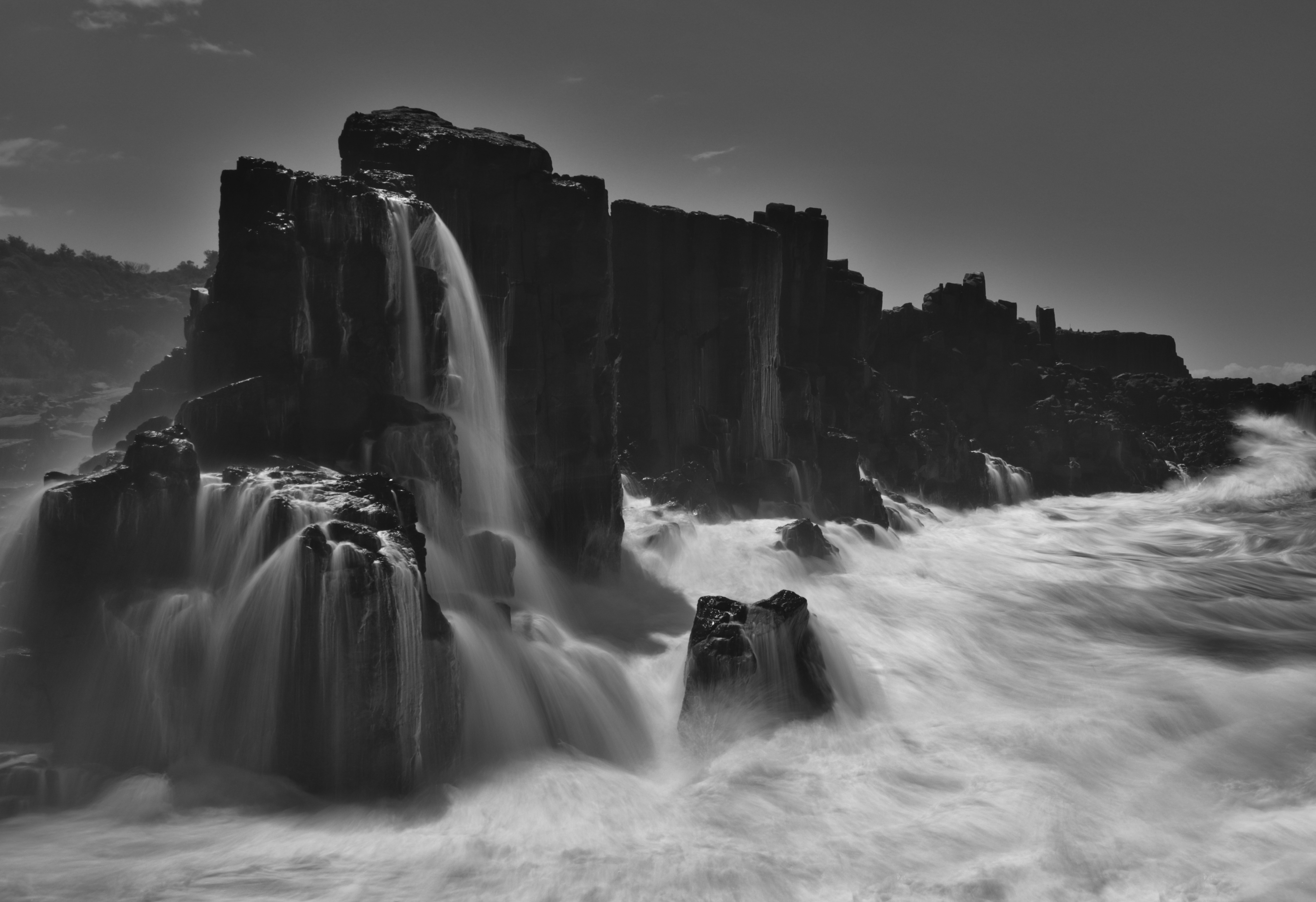
- Free Article: No
- Contents Category: Fiction
- Review Article: Yes
- Article Title: A mythical quality
- Article Subtitle: Charmian Clift’s posthumous novella
- Online Only: No
- Custom Highlight Text:
Charmian Clift was a novelist, travel writer, and essayist who, with her writer husband George Johnston, lived with their young family on the Greek island of Hydra from 1955 to 1964. One member of the artist community who gathered around them there, the young Leonard Cohen, described them as having ‘a larger-than-life, a mythical quality’. That mythical quality was matched by real-life fame when, on their return to Australia, George’s novel My Brother Jack (1964) met with huge success, and Charmian became widely known and admired for her regular newspaper columns. Yet within five years of their return, both had died prematurely, Charmian by her own hand in 1969 and George of tuberculosis the following year.
- Featured Image (400px * 250px):

- Alt Tag (Featured Image): Susan Sheridan review ‘The End of the Morning’ by Charmian Clift
- Book 1 Title: The End of the Morning
- Book 1 Biblio: NewSouth, $34.99 pb, 225 pp
- Book 1 Cover Small (400 x 600):

- Book 1 Cover (800 x 1200):

As editor of this new volume, Wheatley explains how the novella, The End of the Morning, came to be written and revised but not published until now. Clift had long intended to write an autobiographical novel titled The End of the Morning, but for a host of reasons – recounted sympathetically in the editor’s Afterword – she had, at the time of her death, only completed this initial section, on aspects of Cressida Morley’s childhood.
The setting is the small town of Kiama, on the New South Wales south coast, where her father worked at the local quarry. There, ‘the end of the morning was always marked by the quarry whistle blowing the noon knock-off’. It would be followed immediately by ‘the shattering roar of old Bunger Bradley’s detonators wreaking destruction among the soaring blue shafts of basalt on the headland. An operation referred to mildly by the men as “letting the pops off”.’ Juxtaposed against this shattering noise is an image of the morning as a ‘radiant dome’ stretching from the hinterland hills to the sea, ‘so vast, so silky dark, so brilliantly glittering, advancing unhurriedly in measured ranks of terrible power’.
This superb scene setting seems to promise an extended drama. Cressida, the middle child of three, always feels ‘the security of the great blue basalt columns beneath my feet, holding up paddocks and houses and towns and farms’, while the terrible power of the sea, and the unbeatable exhilaration of body surfing, are evoked in a brief account of the free life that she and her younger brother Ben enjoyed on the beach and in the bush. But in this text of (just) novella length, the main focus of Cressida’s tale is her parents, Tom and Grace Morley, and their ‘extravagant personalities’ (as Clift puts it in one of her essays).
 Bombo Quarry, 2017 (Robert Montgomery/Flickr via Wikimedia Commons)
Bombo Quarry, 2017 (Robert Montgomery/Flickr via Wikimedia Commons)
‘Our father, we never doubted, was the most remarkable man on earth.’ By Grace’s account, a ‘brilliant boy’, Tom never forgave his mother for bringing him up to know his place in the English class system, and left as soon as his apprenticeship was over to escape to Australia. ‘He had read more books, apparently, than anybody in the world’, and his favourite authors included Sterne and Rabelais and Montaigne and Cervantes – tastes which determined his children’s reading matter. No Wind in the Willows for them: they named their rocking horse Rosinante. He affected gargantuan personal habits, which the younger children naturally delighted in mimicking but which were a sore trial to his modest wife. He was ‘godlike in the number of things he could do better than anybody else’, not only cricket and swimming and fishing, but he could make all sorts of things – ‘wireless sets and tin canoes and ironing boards’. And so on.
The mother tells her own story to the enchanted children – how, an orphan, she ran away from her foster home and made a life for herself in Sydney, where she learned shorthand and typing (which landed her a job) and chess (which landed her a husband). As a wife and mother, she insisted on doing things properly (putting flowers on the table, ‘correcting our table manners and our accents’) and on adhering to ‘an ideal of wifely service’ – which Cressida describes at horrified but admiring length.
The problem, for Cressida, is that her mother’s dreams for her children, dreams of their escaping into a wider life, are centred on her older daughter, Cordelia, who is beautiful and artistic, and is about to go to art school in Sydney. The germ of the drama that would surely have unfolded had Clift been able to complete the novel is contained in the final sentence. Cressida, ‘the clever one’, has won a state bursary for high school, as expected. But, she says, ‘I would rather have looked like Cordelia than have won all the bursaries in the world.’
It is a great thing finally to have this story of barely fifty pages. It demonstrates, as Wheatley says, Clift writing at the height of her considerable powers. I cannot agree with her claim that it stands alone as a novella – I read it as a brilliant fragment. However, for readers interested in Clift, her account of the circumstances that prevented the novelist from finishing it is ample compensation for the text’s brevity and unfulfilled dramatic promise.
A further compensation is Wheatley’s selection of some thirty essays from Clift’s newspaper column, where the writer reminisces about her childhood or reflects on family life, as extensions of aspects of The End of the Morning. These are all additional to the essays that appeared in earlier anthologies, and in Wheatley’s 2022 selection, Sneaky Little Revolutions, a title that derived from Clift’s belief that, ‘by writing essays for the weekly presses to be read by people who don’t know an essay from a form guide’, she could effect a shift in perceptions – as I think she did.
‘Five decades after her death, Charmian Clift’s moment has come,’ writes Nadia Wheatley, citing recent reprints and translations of Clift’s travel books, the enthusiastic reception of Sneaky Little Revolutions and the widespread celebrations of her centenary last year. Wheatley herself should take full credit for the constancy and influence of her work on Clift’s biography and oeuvre over the years. As well, the 2018 publication of Half the Perfect World: Dreamers and drifters on Hydra, 1955-1964 by Paul Genoni and Tanya Dalziel would have contributed to the emergence of this ‘moment’. Heartfelt thanks all round.


Comments powered by CComment